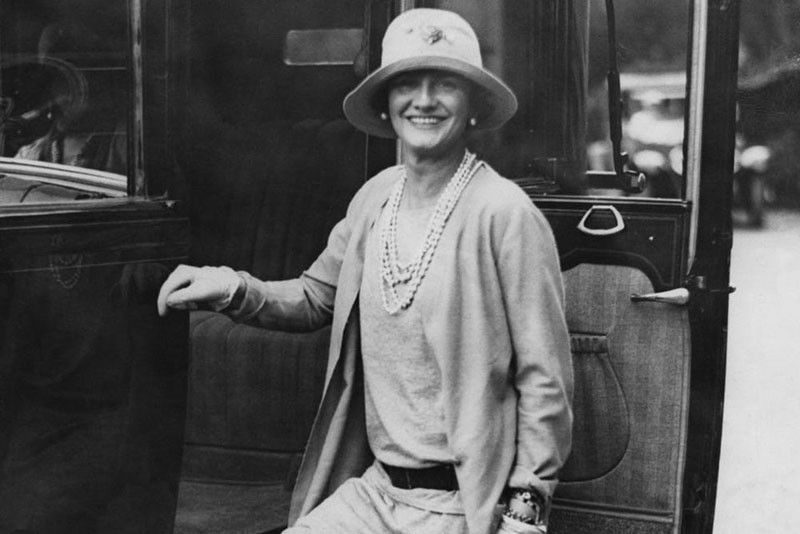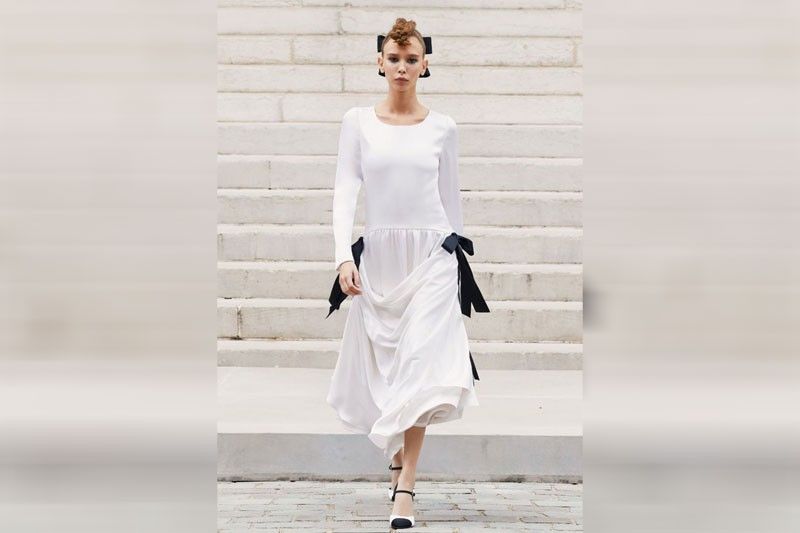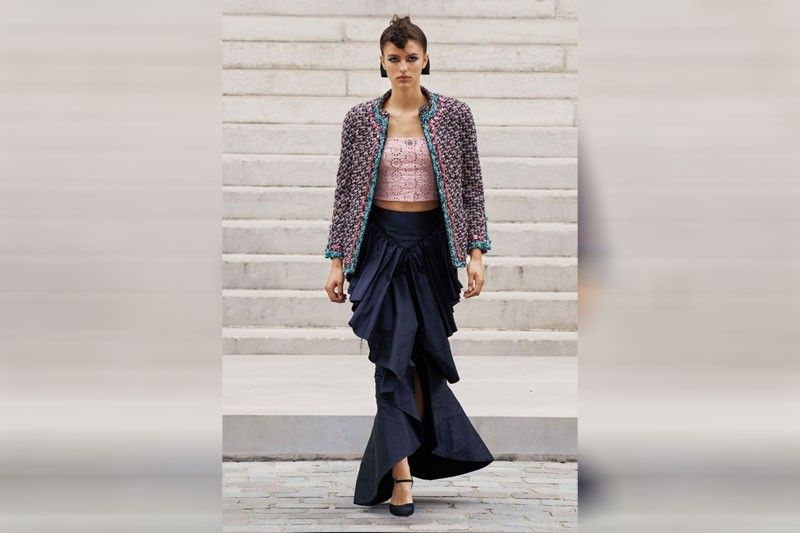Chanel: Surviving and thriving in a pandemic

The story of Coco Chanel, founder of one of the world’s greatest fashion houses, may just be one of the keys for surviving the current COVID crisis. Her business thrived, after all, after a very harrowing period: the first World War and the 1918 Spanish flu pandemic.
Hardship was something she knew only too well. Born Gabrielle Bonheur Chanel in 1883 to a laundrywoman and an itinerant street vendor in a charity hospital in Saumur, France, her childhood was spent in poverty until age 11, when her mother died and her father sent her to an orphanage. There she had an austere, frugal life but learned to sew, a skill that helped shape her future career and got her employed as a seamstress, something she engaged in together with stints as a cabaret singer.
Singing the song Who Has Seen Coco? supposedly gave Chanel her nickname, although many think it refers to “cocotte,” or kept woman, since she had a string of lovers that included the Grand Duke Dmitri Pavlovich of Russia and the Duke of Westminster.
At age 23, she became the mistress of textile heir Etienne Balsan, who spoiled her with all the trappings of affluence. After meeting Balsan’s wealthier friend, Arthur “Boy” Capel, however, she said she found the two gentlemen “outbidding for my hot little body.” She dropped the former and was installed by the latter in an apartment in Paris. Capel also financed her millinery shop on 21 Rue Cambon in 1910 and the clothing shop in 1913 in Deauville.

Although she started to develop an elite clientele, Paul Poiret was the king of couture in France. When World War I broke out in 1914, Poiret was drafted and Chanel fled Paris, landing in coastal Biarritz, a playground for exiled society ladies and wealthy Spaniards. Within a few months she opened a third shop, her first couture house.
Dress etiquette had changed completely by this time when the corset, full-length skirt and five daily outfit changes were seen as insensitive and impractical during the war when the men were out risking their lives and women had to work. Freedom of movement and a simple, clean line became the new fashion, which was already Chanel’s preferred way of dressing, adjusting her boyfriend’s clothes to create pieces that allowed mobility and sports.
She also preferred neutral colors, which was timely due to the shortage of dyes. The dearth of cloth was another obstacle, but she hurdled this too by using jersey, the men’s underwear material. Turning it into couture pieces like her first suit, three-quarter cardigan and waistless dress was sheer genius. She also added pockets, which liberated women from depending on men to hold things for them.
Capturing the zeitgeist, she came up with the right product at the right time, making her boutique a most lucrative enterprise. After the war ended, the flu pandemic hit, but she had already established herself and continued to thrive with a clientele that couldn’t get enough of her designs. Women could relate to her can-do aesthetic and philosophy of creating beauty out of the barest materials. They also realized that beautiful dresses need not constrain one’s movement or one’s lifestyle.
It’s almost déjà vu since the present pandemic has seen the preference for loungewear and comfortable, less constricting fashion.
By the time the 1920s arrived, in fact, pajamas were also in vogue, a trend attributed to Chanel, who would stroll down the Riviera in her beach pajamas, which the fashionable set ended up wearing for lounging in yachts and boudoirs.
The flapper of the Roaring ’20s was also right up Chanel’s alley, with dropped waists and creeping hemlines. It was an upbeat period when people just wanted to have fun and party after all the suffering.

It’s no wonder that current Chanel creative director Virginie Viard turned to the founder’s 1920s period in creating the Chanel couture line for FW21 with relaxed trousers, pantsuits, vintage button and pocket shaping and two-tone spectator heels. Sequined scarves added a dash of disco, with the hope that yes, after all this, we will dance together again just like in the 1920s.
Optimism is also apparent in the house’s corporate strategy: investing a record US$1.1 billion last year (45 percent more than 2019) despite an 18 percent drop in annual revenues.
Adapting to the pandemic, they devised new client-facing tools like concierge shopping services and a new app for clients to connect with fashion advisors; big store revamps and the purchase of its New Bond Street store in London and a new store in Beverly Hills.
With the emphasis on slow fashion, craft and quality, they opened Le 19M in Paris to house the brand’s ateliers of artisans that include the embroiderer Lesage and shoemaker Massaro. They have also renewed their commitment to sustainability, partnering with the University of Cambridge to devise viable solutions and investing $25 million in a new climate-change venture to support more sustainable agricultural and forestry supply chains and protect smallholder farmers.
If Coco survived the 1918 pandemic, her fashion house can most certainly prevail and flourish in this one.



















